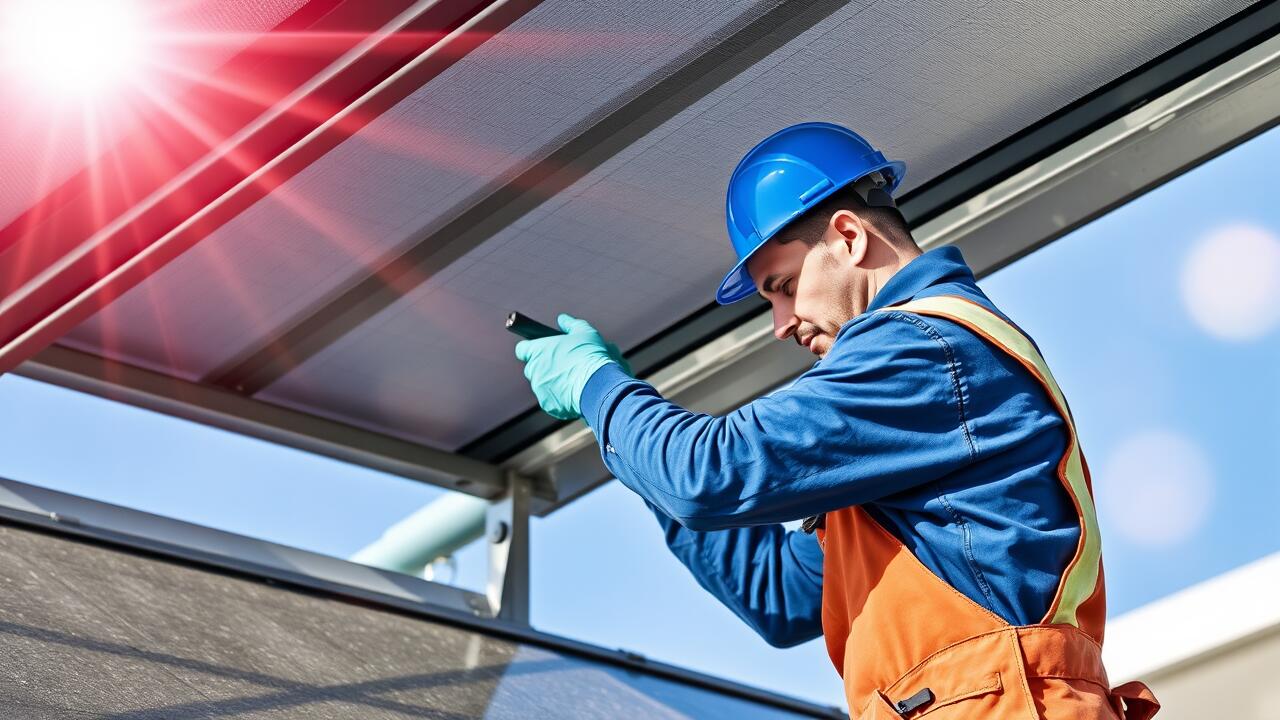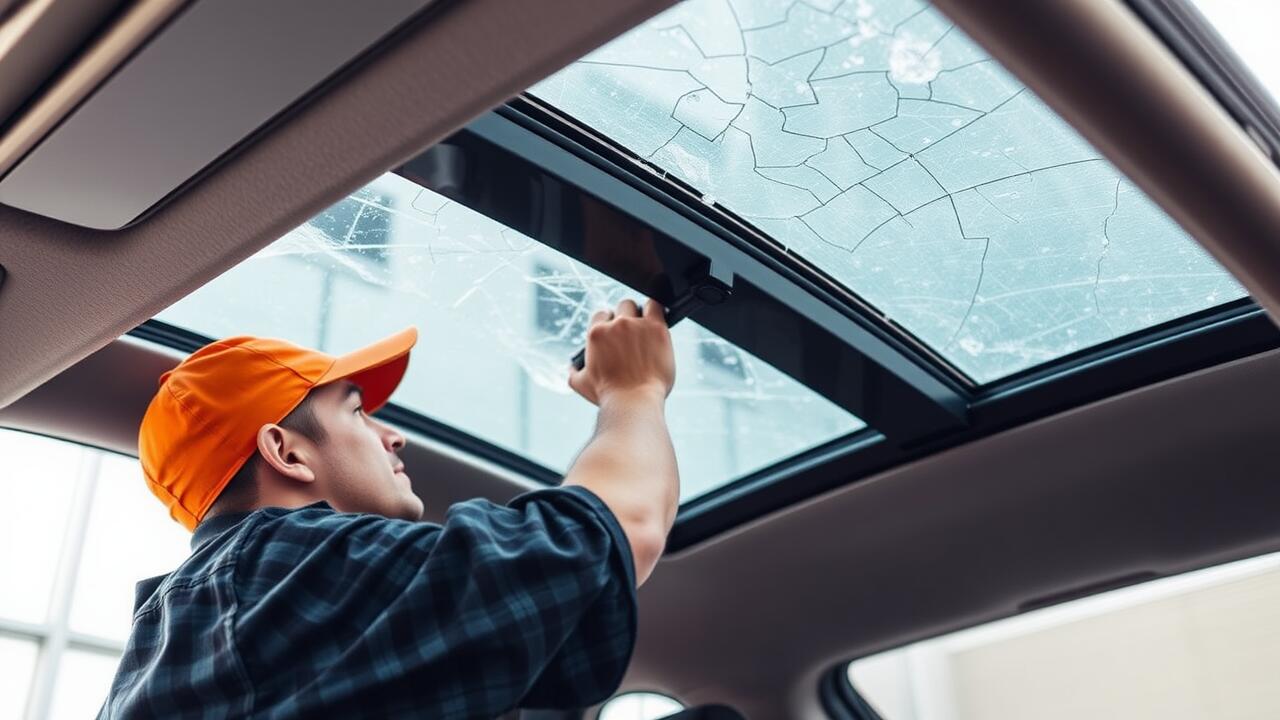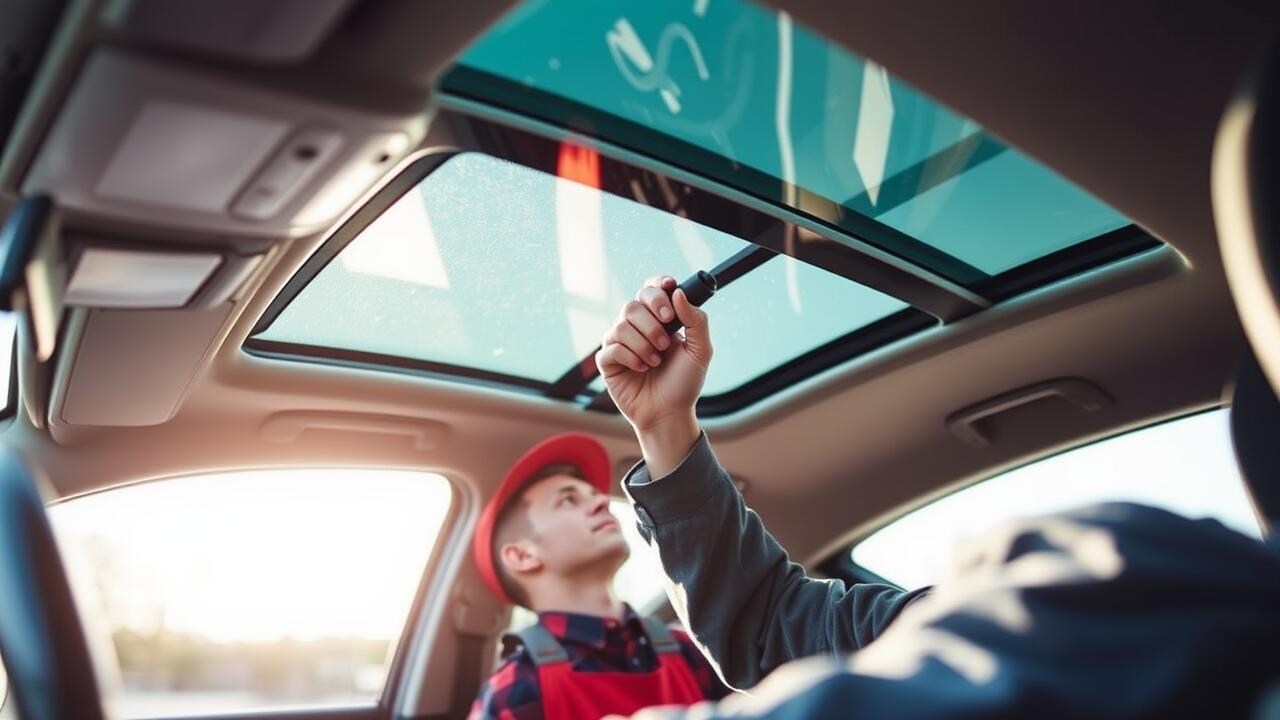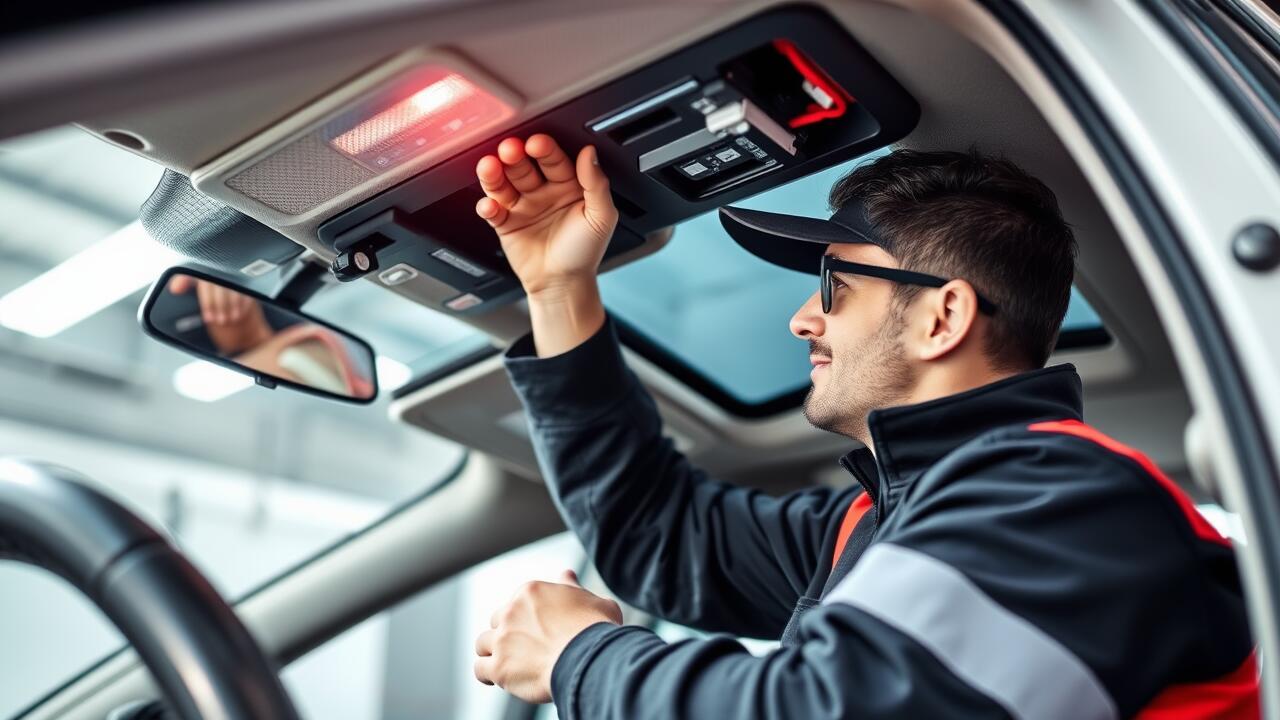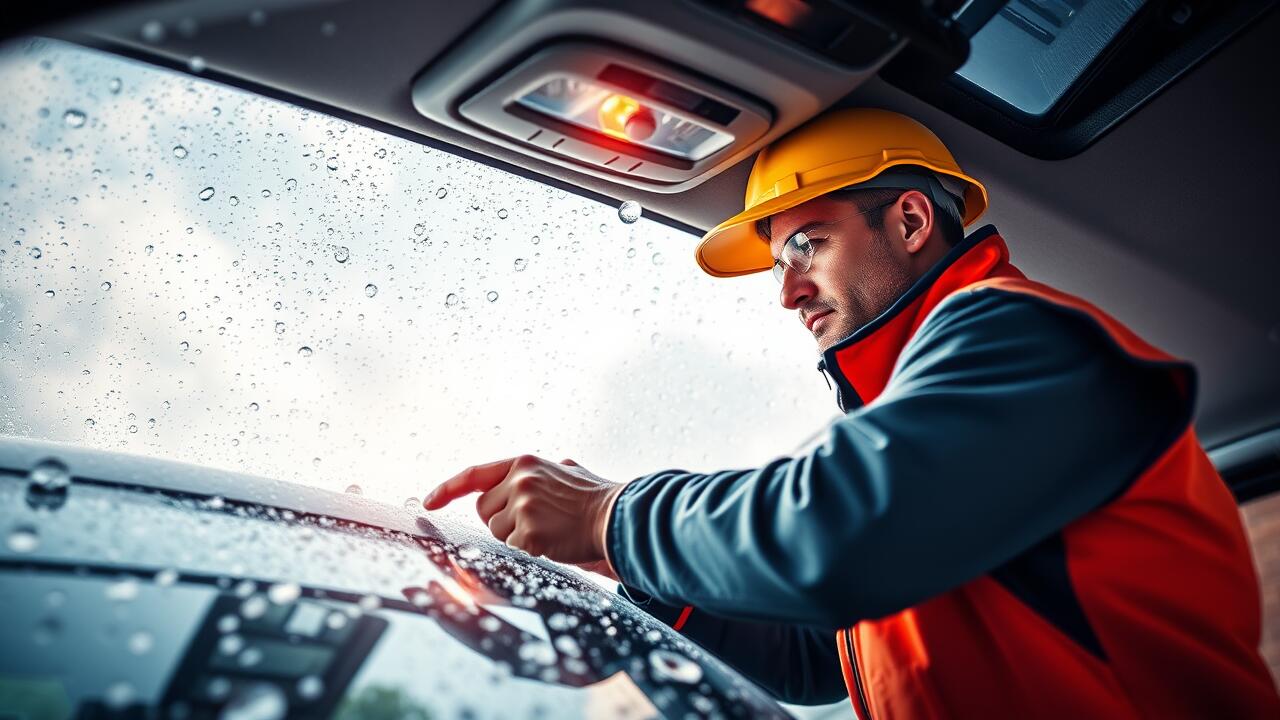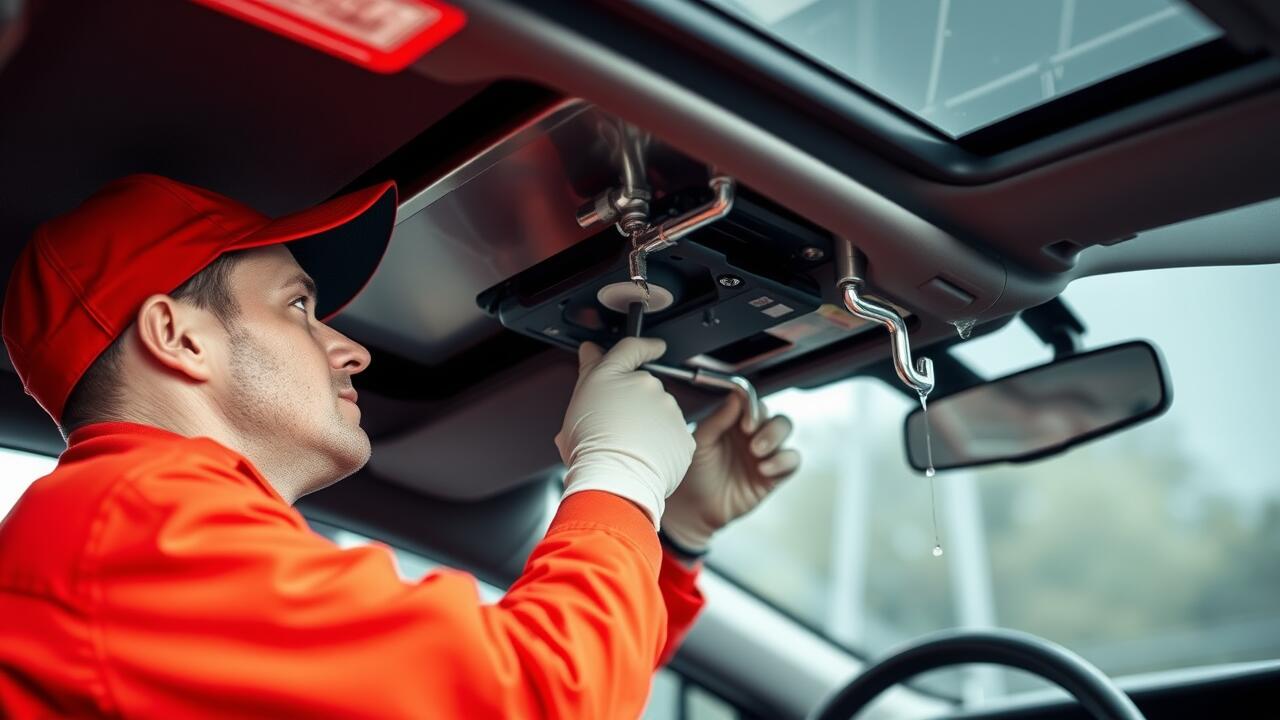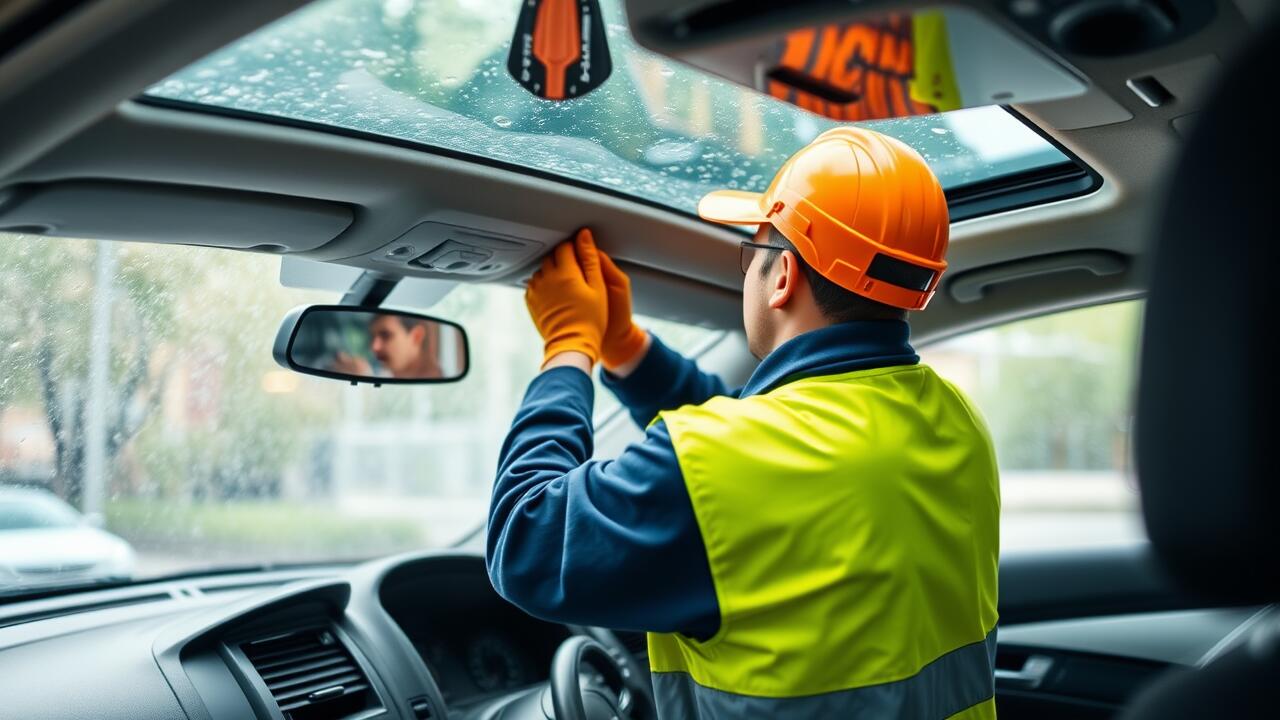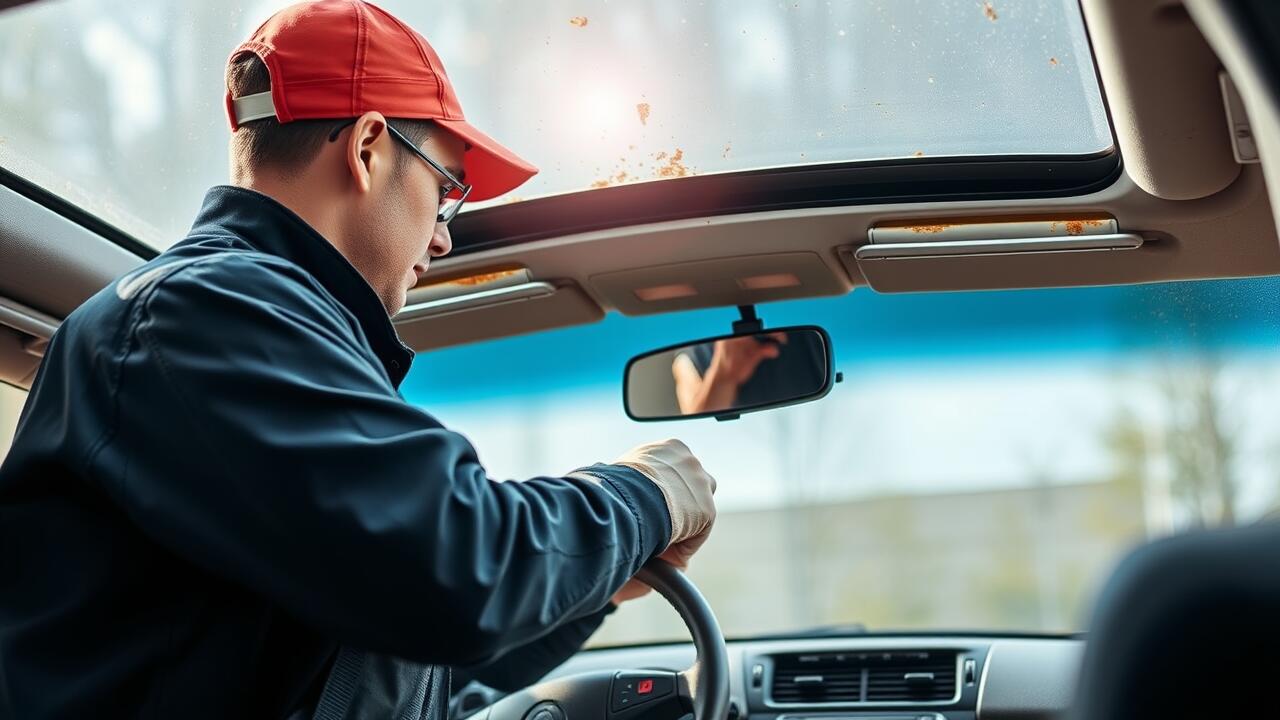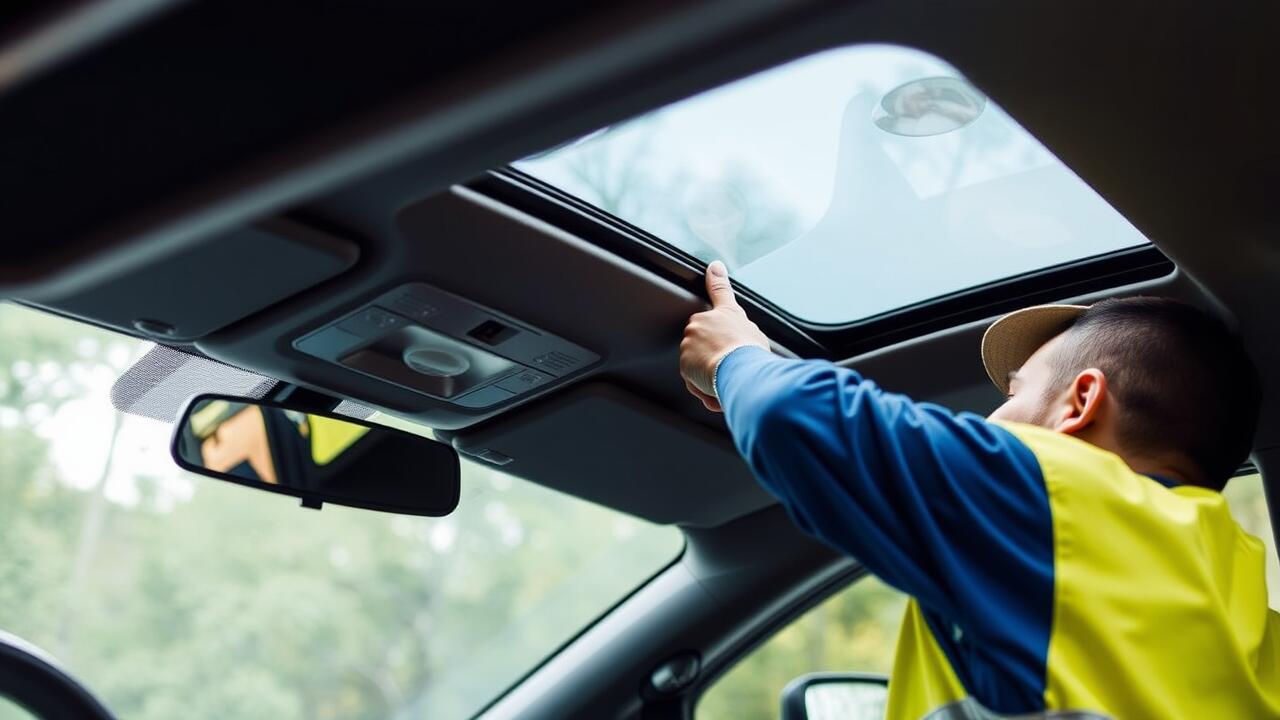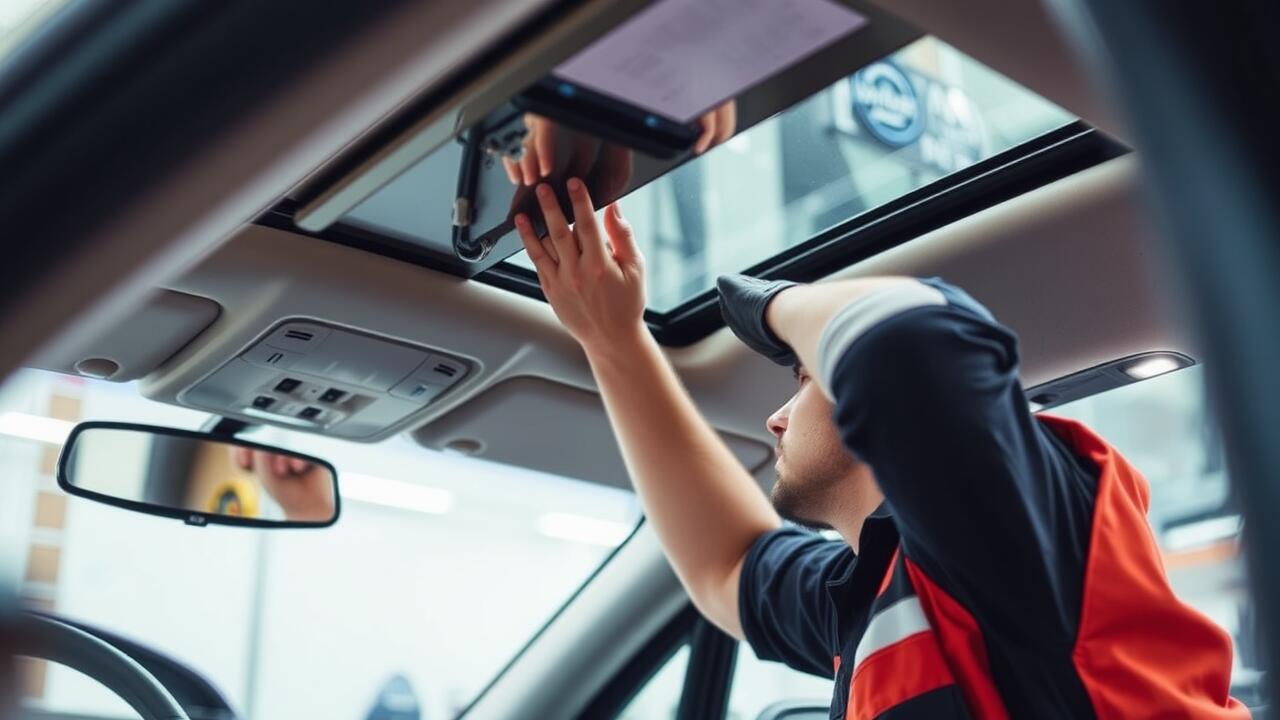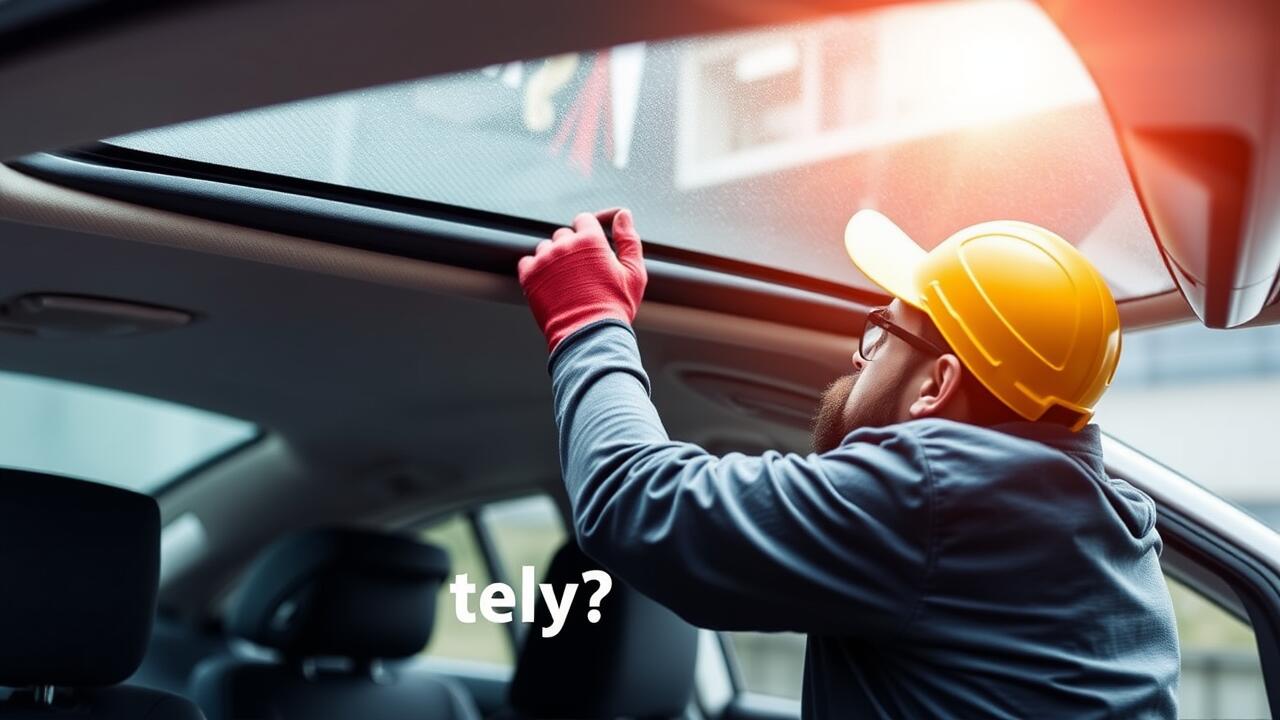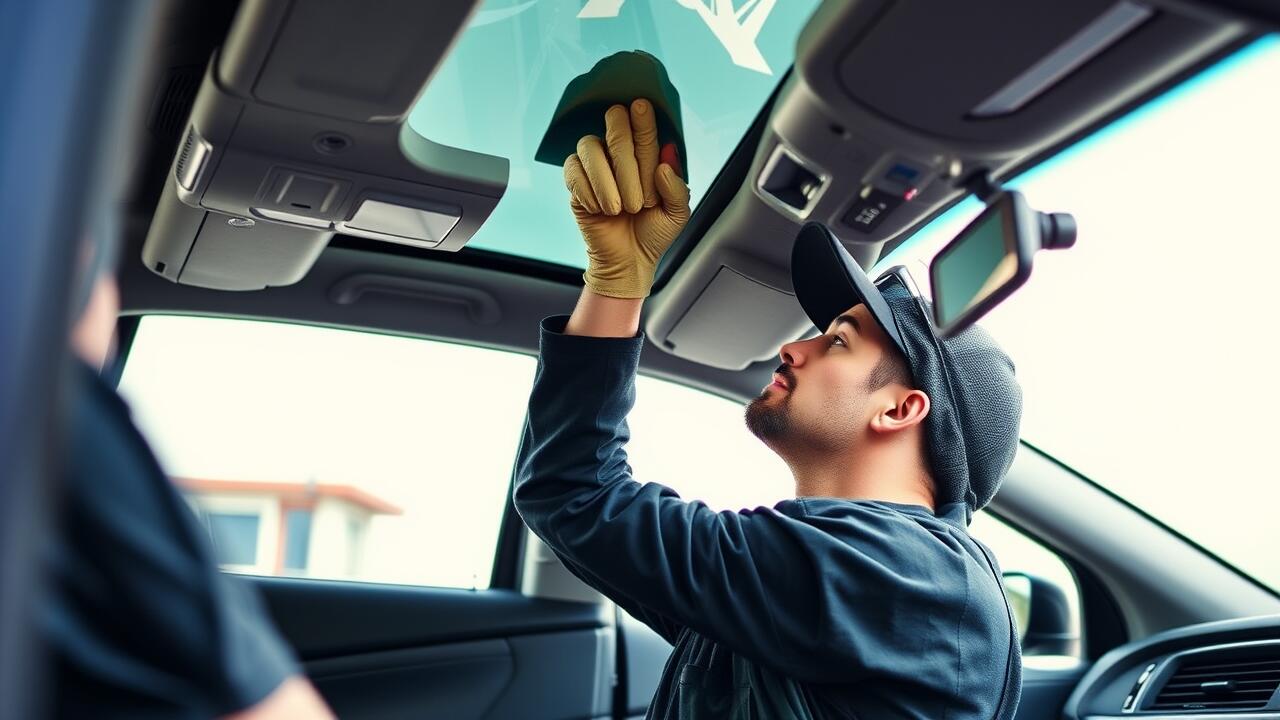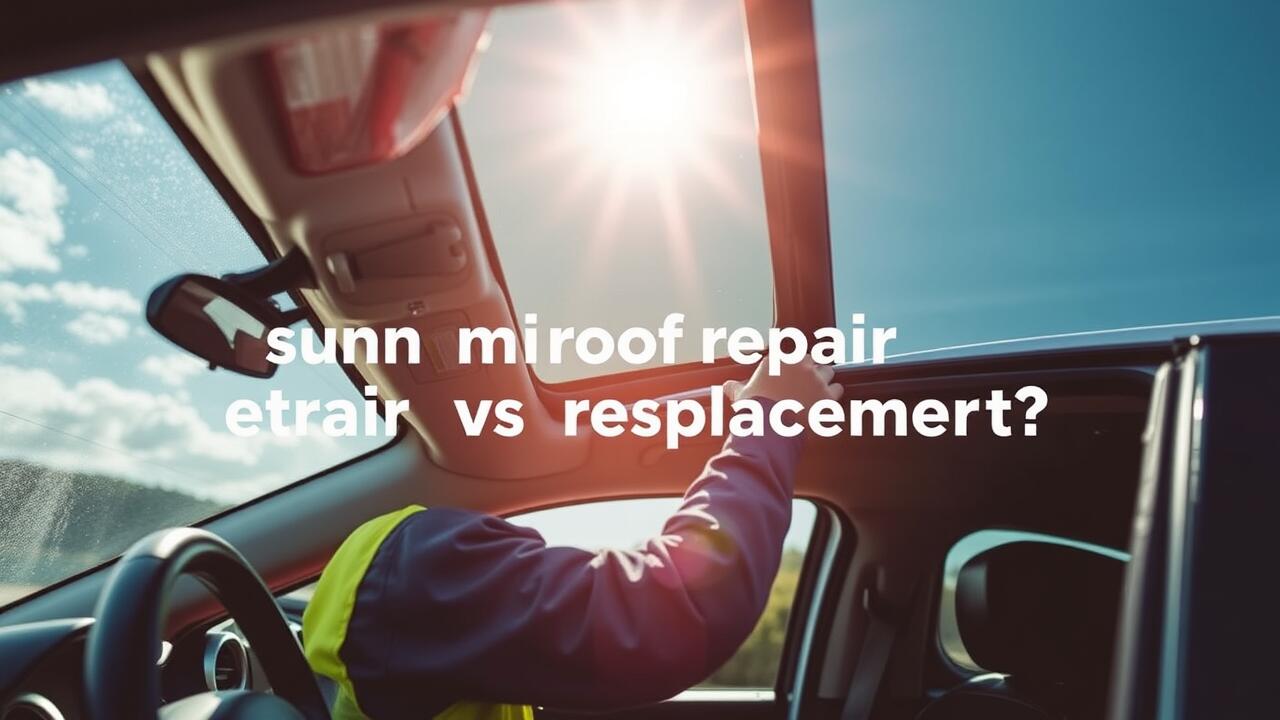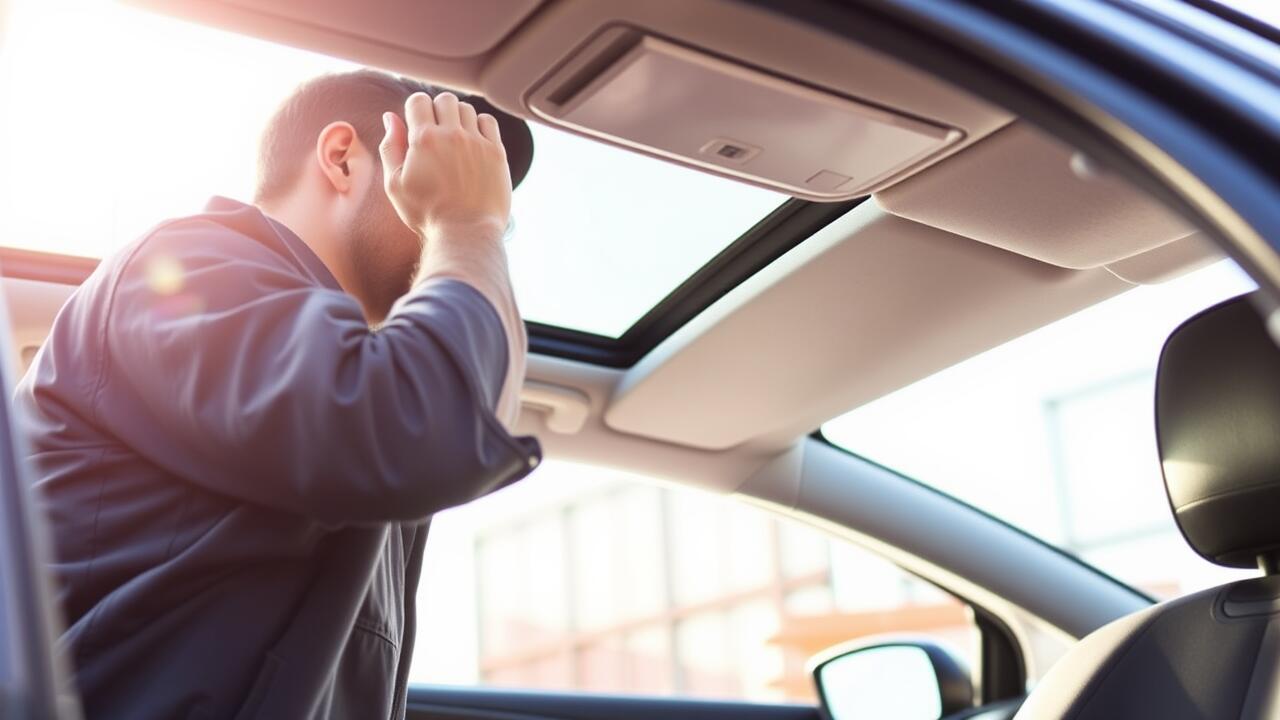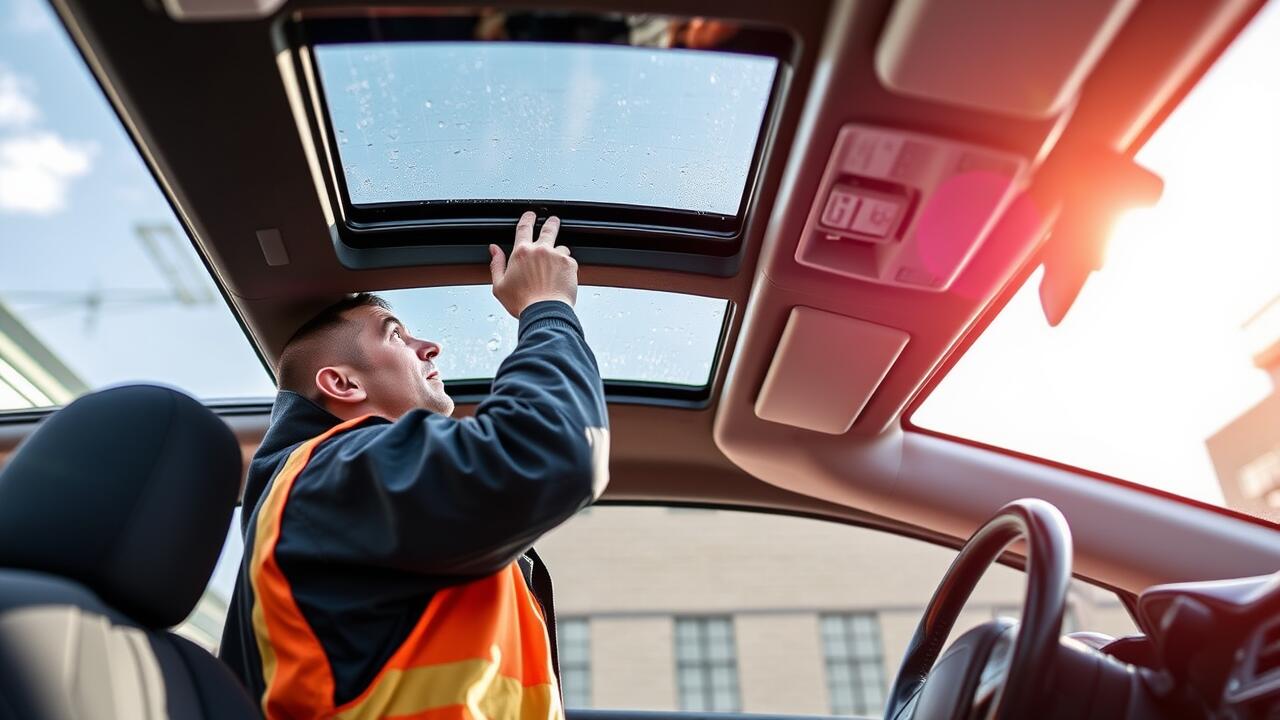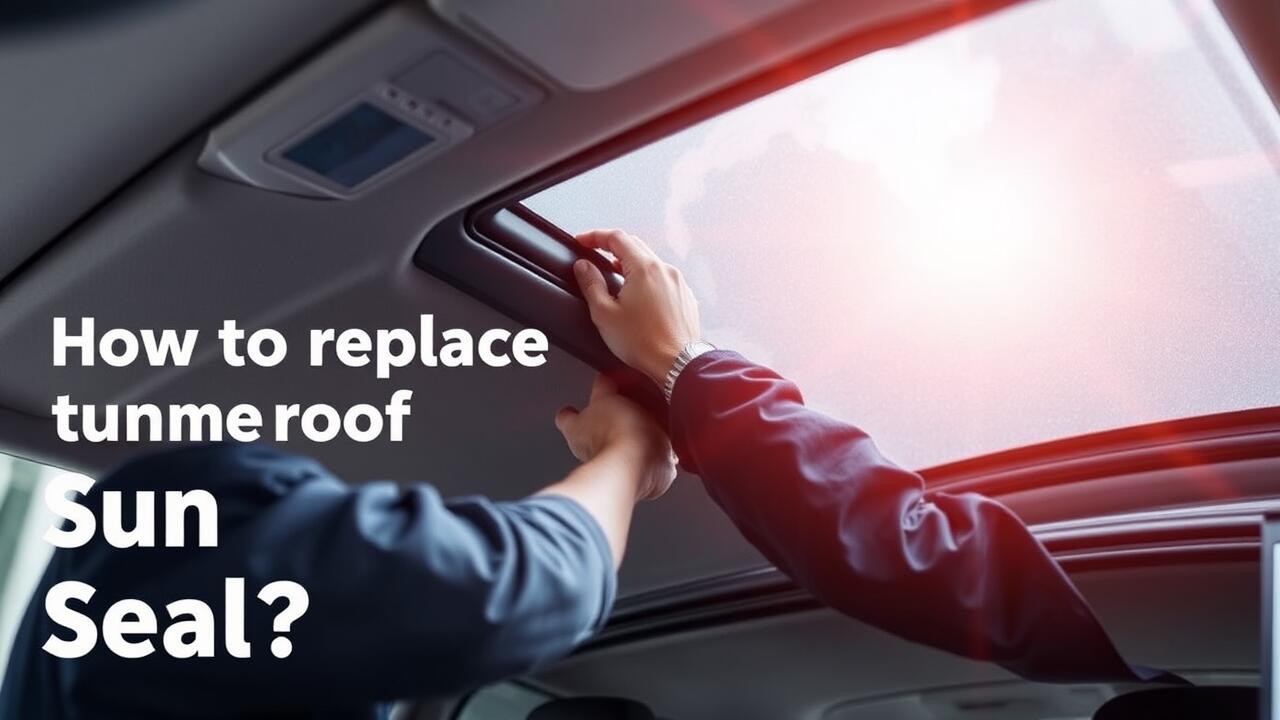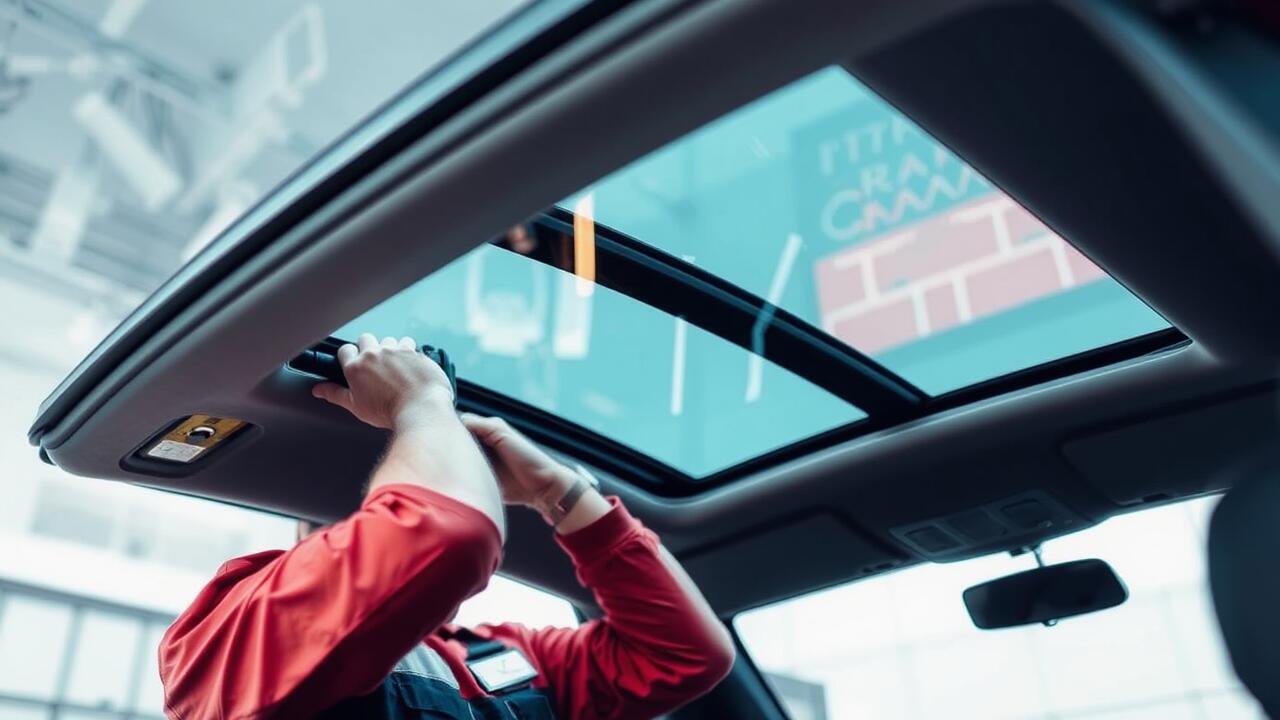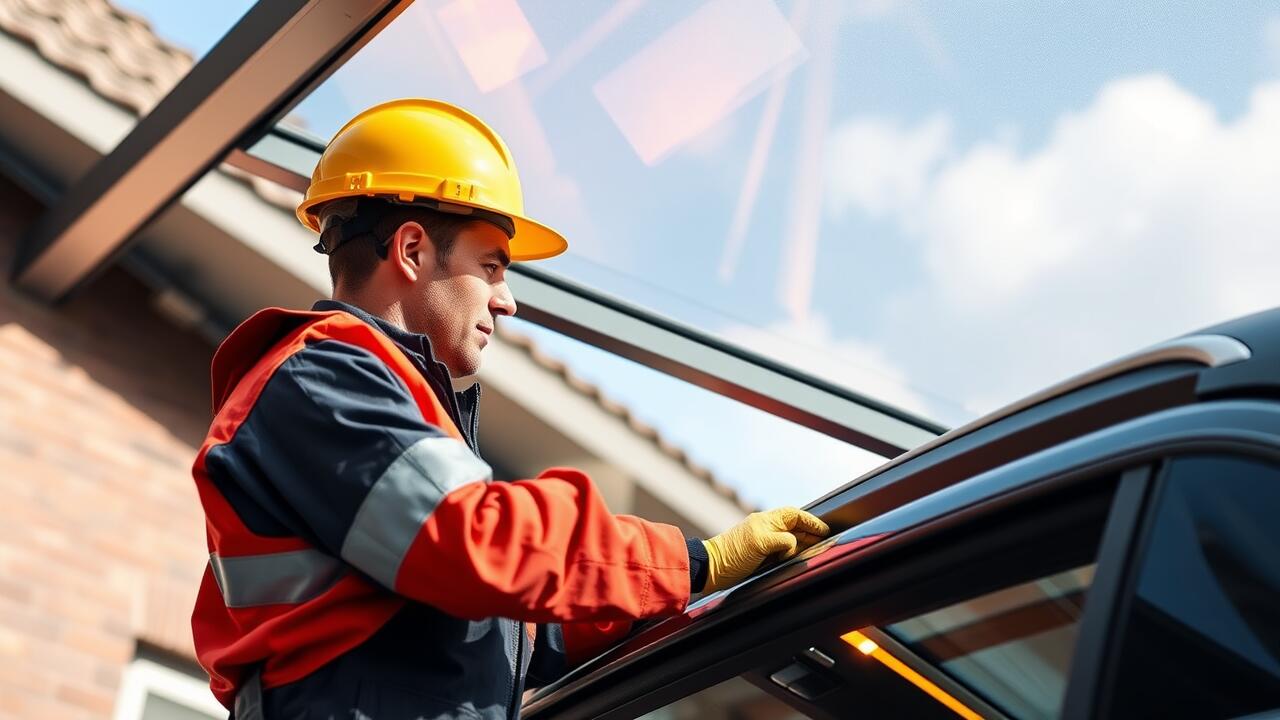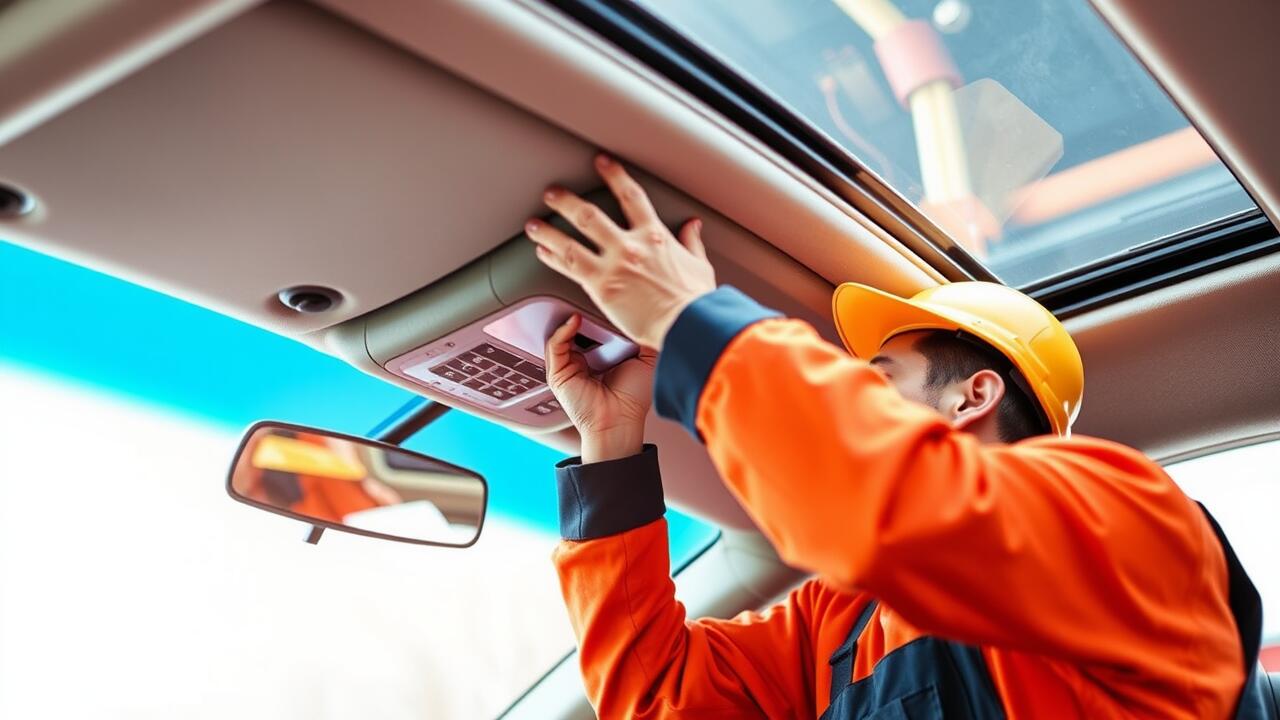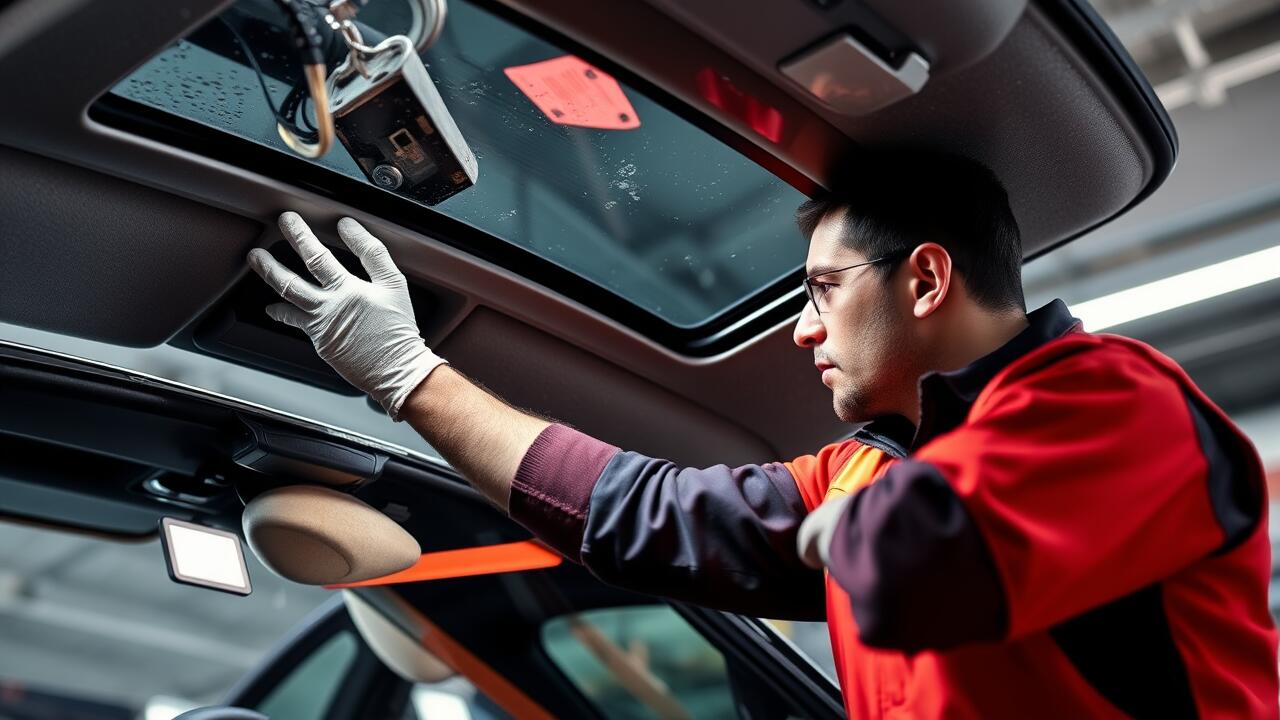
Table Of Contents
Draining System Analysis
A thorough analysis of the drainage system is essential for identifying potential leaks in a sunroof. Over time, debris such as leaves, dirt, or other foreign materials can clog the drainage holes, preventing proper water flow away from the sunroof. Regular inspections of these drainage pathways can help to uncover any blockages that may lead to water pooling and subsequent leaks. Ensuring these systems are clear is a crucial part of sunroof repair, as it addresses one of the most common causes of water intrusion.
Understanding the layout of the drainage channels can aid in identifying where issues may arise. Typically, these channels direct water away from the sunroof and into the vehicle’s drainage system. If any part of this system is compromised, it can result in leaks reaching the interior of the car. Maintaining the integrity of this drainage system should be a priority for anyone proactive about sunroof repair, as it helps to prevent more extensive damage and costly repairs down the line.
Inspecting Drainage Holes and Pathways
Start by locating the drainage holes connected to the sunroof. These openings are typically situated at the corners of the sunroof frame to facilitate water drainage. Over time, debris like leaves or dirt may block these holes, leading to potential leaks. Using a small tool like a pipe cleaner or a drip stick can help clear any obstructions. Ensuring that the pathways are unobstructed is crucial for proper water flow.
Next, inspect the drainage pathways for any signs of damage or wear. These channels transport water away from the sunroof and into the vehicle's body or onto the ground. If there are cracks or kinks in these pathways, water may accumulate instead of draining properly. Regular checks can prevent more significant issues down the line, ultimately making sunroof repair much easier if problems are detected early.
Using a Water Hose
A water hose can serve as an effective tool when attempting to identify sunroof leaks. By simulating rain, the hose allows you to systematically test the sunroof area. Start by directing a gentle stream of water along the outer edges of the sunroof. Pay close attention to any areas where water may start to accumulate or trickle inside. This method helps narrow down the potential problem spots and allows for more targeted examination.
After conducting the initial test, it's crucial to check inside the vehicle for any signs of moisture. Use towels to absorb any water that enters during the testing phase. This step is necessary to assess how severe the leak might be. If you discover water pooling inside, it’s a clear indication that sunroof repair is needed. Document the areas where leaks are occurring to make the repair process more efficient.
Step-by-Step Process for Testing Seals
Testing the seals around your sunroof is a critical step in identifying leaks. Start by thoroughly examining the rubber gasket that runs along the perimeter of the sunroof. Ensure there are no visible cracks, deformities, or signs of wear that could compromise the seal's integrity. Pay attention to the corners where the gasket meets, as these areas are often more susceptible to damage. A tight-fitting seal is essential for preventing water from entering the vehicle during rain or car washes.
Next, apply a gentle stream of water over the entire sunroof area while an assistant observes the interior. This method helps to pinpoint any weaknesses in the seal that may allow water to leak through. If water enters the cabin, mark the location for easy reference, as it may indicate the need for sunroof repair or resealing. Following this method allows for a straightforward identification of potential leaks without requiring expensive equipment.
Professional Tools for Detecting Leaks
Various professional tools are available that can significantly aid in detecting sunroof leaks. Infrared thermography can identify temperature differences caused by moisture intrusion. This non-invasive technique highlights areas where leaks might be affecting the vehicle's interior, allowing for targeted inspection. Additionally, electronic leak detection tools, which employ gas or smoke to find breaches in the seals, can be particularly effective. These tools not only help in pinpointing the source of the leak but also minimise the need for extensive disassembly during the sunroof repair process.
Utilising a moisture meter can also prove beneficial in assessing the level of dampness within the interior components. This instrument helps determine whether the water ingress has led to mould or structural damage, making it easier to decide on the necessary sunroof repair techniques. Each tool provides a unique approach to identifying issues, streamlining the repair process, and ultimately saving time and resources for both technicians and vehicle owners.
Equipment That Can Aid in Leak Identification
Various tools can enhance the process of identifying leaks around sunroofs. A moisture meter can detect dampness in the vehicle's interior, providing insight into potential leak sources. Additionally, a borescope allows for visual inspection of hard-to-reach areas. This can be particularly useful for examining drainage pathways and the condition of seals. Having these tools on hand can significantly improve the efficiency of sunroof repair assessments.
Thermal imaging cameras offer another innovative approach for leak detection. They can identify temperature variations that may indicate moisture intrusion. An air pressure tester is also valuable, creating a controlled environment to detect any pressure loss around the sunroof seals. Employing these specialized tools in conjunction with standard inspection methods can help pinpoint the source of leaks more effectively, ensuring a thorough sunroof repair process.
FAQS
What are the common signs of a sunroof leak?
Common signs of a sunroof leak include water stains on the interior lining, a damp or musty smell inside the vehicle, pooled water on the floor, and visible drips when it rains or when the car is washed.
How can I check if the drainage holes are blocked?
You can check if the drainage holes are blocked by inspecting them visually for dirt and debris. A simple way to test their functionality is to pour a small amount of water into the sunroof's drainage area and see if it flows out underneath the car.
What tools do I need to identify sunroof leaks?
Basic tools such as a water hose, a bucket, and a flashlight are sufficient for initial inspections. For more advanced assessment, professional tools like a water leak detector or moisture meter can be used.
How often should I check for sunroof leaks?
It's advisable to check for sunroof leaks at the start of each season, particularly before and after heavy rain or following winter to ensure that the drainage system is clear and functioning properly.
Can I fix a sunroof leak myself, or should I consult a professional?
Many minor leaks can be fixed with DIY methods, such as cleaning the drainage holes or resealing the sunroof. However, if the leak persists or if you find significant damage, it’s best to consult a professional for a thorough inspection and repair.
